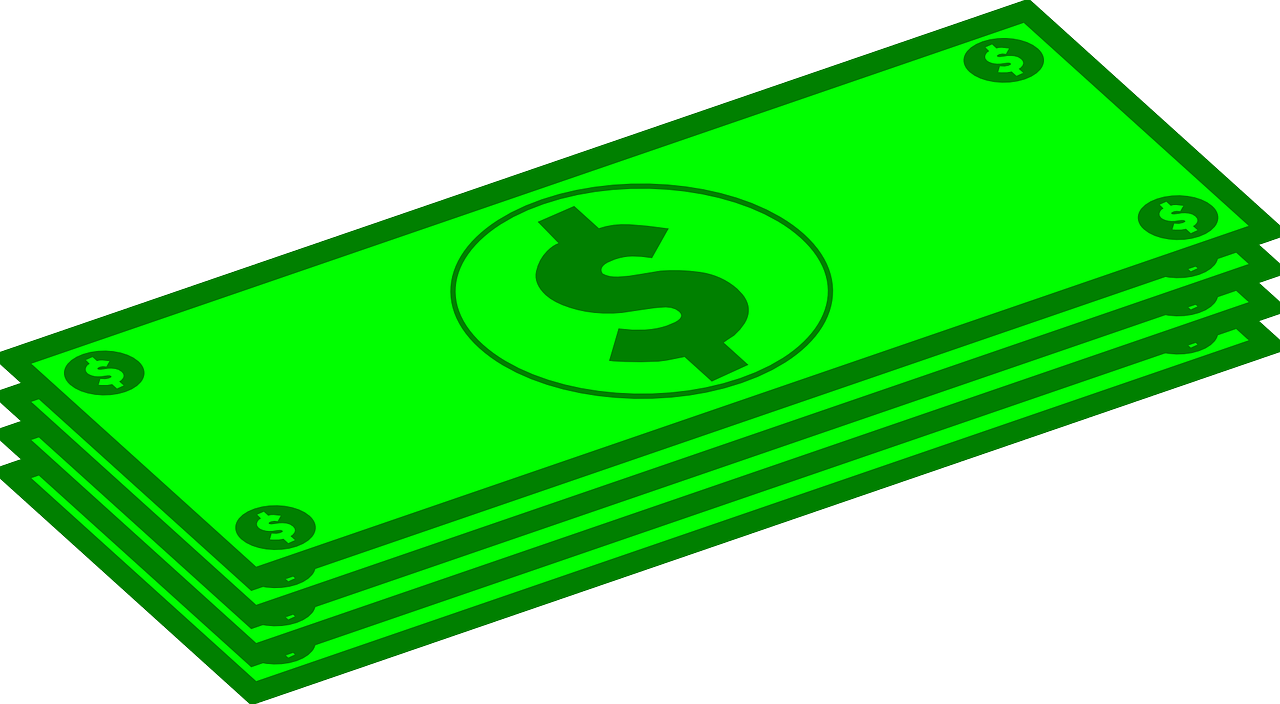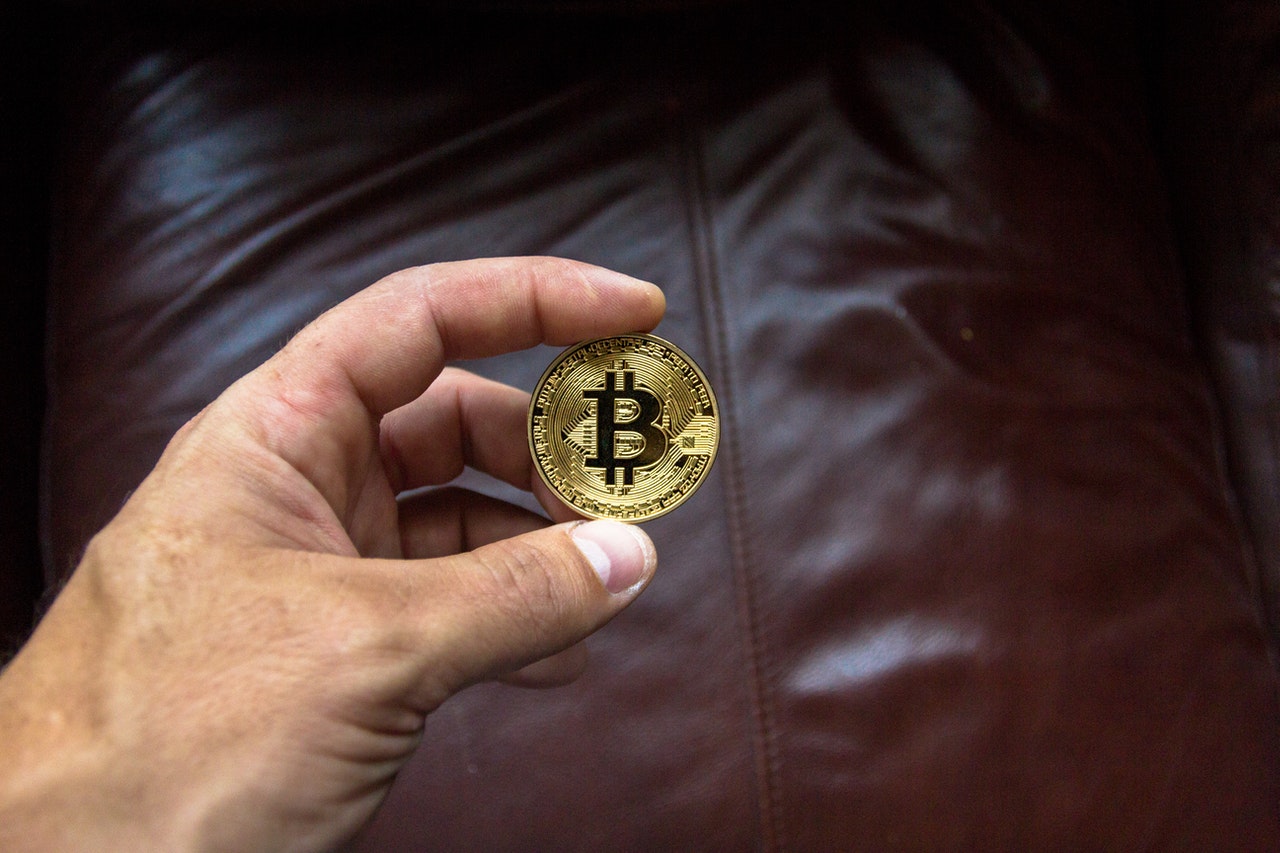Copper Rises Over $9,000 As Demand Surges And Supply Tightens

For the first time in just 1 year short of a decade, Copper rose above $9,000 a metric ton. This will move it closer to the record-high set in 2011.
Copper is rising amidst a broad range of commodities from iron ore to nickel. Oil on the other hand has gained beyond 20% this year.
Copper has doubled since its lowest point in March 2020. What boosted copper is the rapidly tightening physical markets, predictions of a rebounding economy, and the hope that low inflation may be ending.
Investors are also stocking copper on a bet that demand for raw material such as copper, will increase in the following years. As governments release extraordinary incentive programs to target renewable energy and electric-vehicle infrastructure, there will be an increase in the demand for raw material.
Max Layton, reportedly said that the list of factors that have prompted an increase in copper is too long. Layton works at Citigroup Inc. as the head of EMEA commodities research. According to him most of such developments will occur in the coming months, with a likelihood of reaching $10,000 sooner than later.
In certain parts of the physical copper market, there is an extremely limited supply. As smelters in China face reduction in profit margins for refining raw ore into metal, supply tightness may come under even more pressure. An indicator of refining margins is the treatment charges for Copper and that is at $45.50 a ton.
Rising prices are a boon for miners, driving the stock prices higher and increasing the possibility of more blockbuster returns to stakeholders.
With the increasing inflation expectations around the globe, the sharp upward move in prices of commodities including copper will eventually affect end-use goods. A short-term increase in the price of the raw material would result in a long-term price rise in the end consumer products. The governments will also be experiencing a rise in the spending plans for big infrastructures.
The danger of faster inflation has provoked a selloff in bonds universally. The benchmark 10-year U.S. Treasury yield has jumped to the highest level in about a year. The widest gap was reached between 5-year and 30-year yields since October 2014.
Withering real returns in the bond markets could compel further inflows into copper. This could create an inflation feedback loop and increase the demand for tangible assets as prices rise.
There are also indications of emerging tightness on the London Metal Exchange, as spot contracts exchange along with some hidden future costs. The same kind of pattern was observed in the previous year when the Chinese demand experienced a record-breaking boom. This is suggestive of the fact that demand is surpassing supply as exchange inventories run low.
Copper for delivery saw an increase of 2.1% in three months in London and settled at $9,097 after reaching $9,269.5.



















